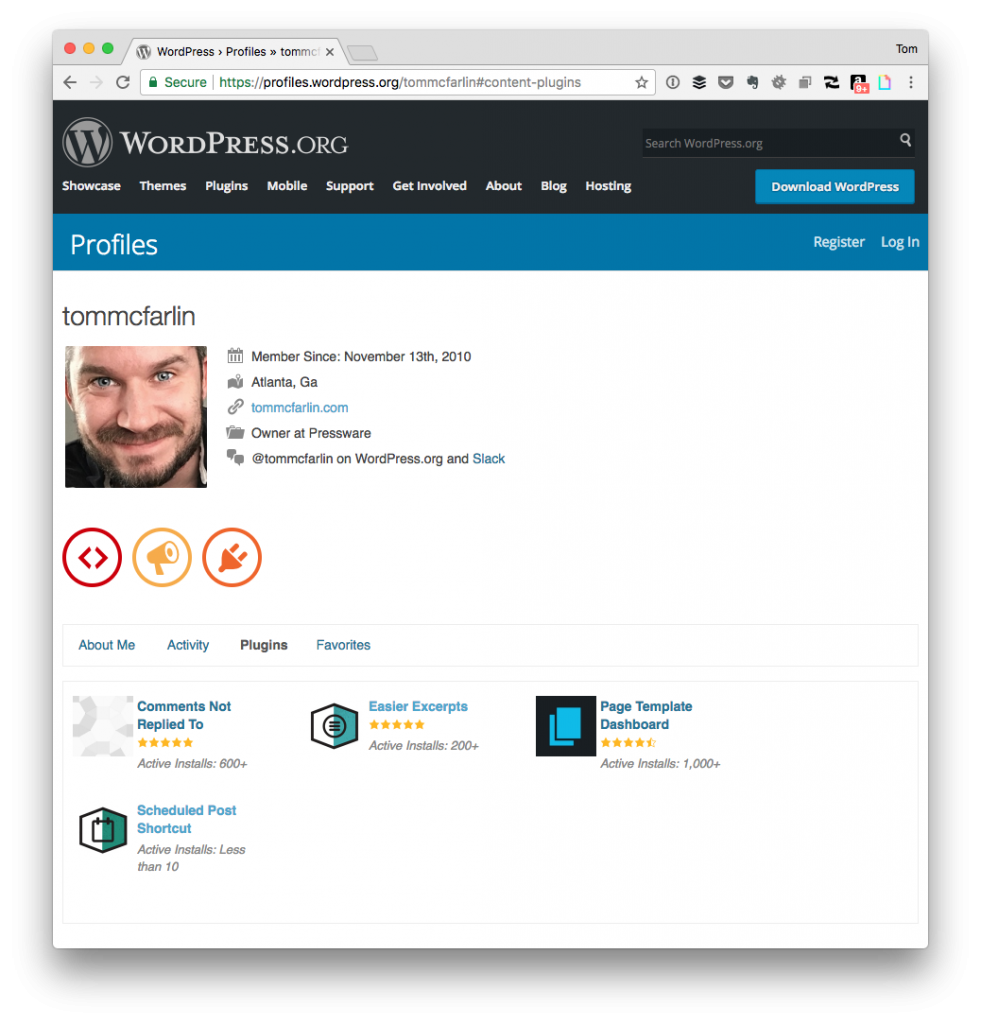When it comes to talking about object-oriented programming (or OOP), you’re likely to hear about The Three Pillars of Object-Oriented Programming or The Four Pillars of Object-Oriented Programming.
Depending on your background, you may have already heard of them, know what they are, and don’t really need to dive into it too much. But if you have not, I believe understanding them is foundational to object-oriented programming.
We’ve covered the whole Analysis phase of Object-Oriented Programming:
- Analysis, Part 1
- Analysis, Part 2
- Understanding Customer Expectations
- Statement of Work
- Terms and Conditions
With that said, let’s get into the design and implementation discussions. After all, this is what’s many people want to jump to anyway, isn’t it?

Before writing any code, I’d like to do two posts about the four points of object-oriented programming (because I’m one of those who subscribes to the idea that there are four).


